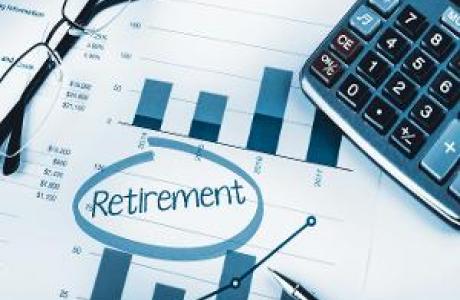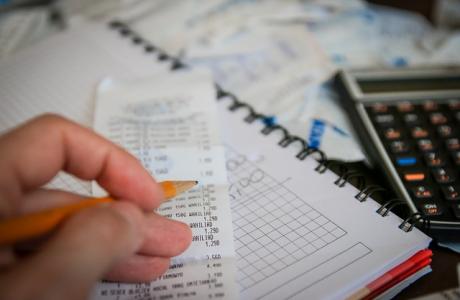Cost of Benefits
How much am I paying for my SamCERA benefits?
Your contributions are structured as a percentage of your bi-weekly earnings (also called your “contribution rate”), and are collected through automatic payroll deductions.
In addition to these rates, certain members pay additional contributions in the form of a “cost share” and a “COLA share.” The cost share is a contribution which helps offset the plan costs. The COLA share helps fund future cost of living adjustments to your retirement benefits.
Your pay stub will reflect all of the contributions you are making to SamCERA.
What happens to my contributions?
Your contributions are held in trust by SamCERA. A separate account is created in your name and all the contributions that you make (and any employer pick-ups of your contributions) are deposited in this account.
Interest is credited to your account on June 30th and December 31st of each year at a rate determined by the Board of Retirement.
If you leave employment, you may withdraw your contributions and interest. (You cannot withdraw your employer’s contributions. Your employer’s contributions are only used to fund your pension benefits.) If you withdraw your contributions, you waive all rights to SamCERA pension and disability benefits.
Can I borrow money from my account?
No, you cannot borrow money from your account at any time, and you cannot withdraw your employer’s contributions under any circumstances.
The only way you can take money out of SamCERA is to terminate your employment and take a refund of your contributions and interest. If you do that, you lose all rights to your benefits.
How is the money invested?
The Board of Retirement invests the money in the retirement fund in accordance with its Investment Policy that sets forth the diversification of the investments. The Board works with professional pension fund investment management firms to carry out the investment functions and manage the assets.
SamCERA’s assets are generally invested in things like stocks, bonds, private equities and private real assets.





